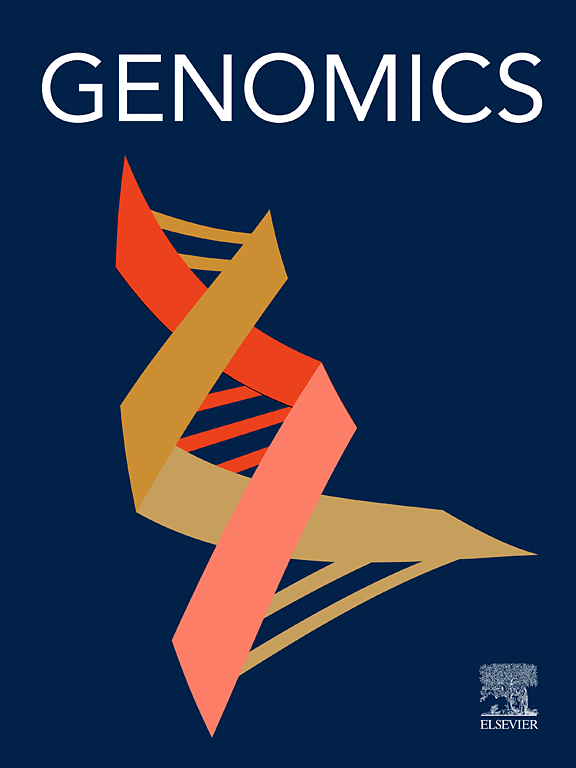16S rDNA测序揭示蚕粪和蚯蚓对广西贫营养土壤微生物群落结构和功能的协同效应。
IF 3.4
2区 生物学
Q2 BIOTECHNOLOGY & APPLIED MICROBIOLOGY
引用次数: 0
摘要
本研究评价了蚕粪和蚯蚓对广西酸性红壤养分贫乏的协同效应。采用16S rDNA扩增子测序技术,对未处理田样、家蚕粪便、蚯蚓肠道内容物、家蚕粪便处理土壤以及3种蚯蚓密度(50、80和110只/kg)进行了比较。蚯蚓肠道微生物群的多样性呈密度依赖性增加,而处理过的土壤显示出更高的微生物丰度,其中80只蚯蚓/kg的处理显示出最高的多样性(605属)。随机森林分析确定了关键的细菌属,共生网络确定了潜在的关键分类群。PICRUSt2预测了外源生物降解、碳水化合物代谢和次生代谢物生物合成途径的富集。这些发现表明,将蚕蛹粪便与蚯蚓最佳密度相结合可以改善土壤微生物的多样性和功能,为可持续有机废物管理和土壤健康提供见解。本文章由计算机程序翻译,如有差异,请以英文原文为准。
16S rDNA sequencing reveal synergistic effects of silkworm feces and earthworms on nutrient-poor soil microbial community structure and function in Guangxi
This study evaluates the synergistic effects of silkworm feces and earthworms on nutrient-poor acidic red soils in Guangxi, China. Using 16S rDNA amplicon sequencing, soil samples from untreated fields, silkworm feces, earthworm gut contents, and soils treated with silkworm feces combined with three earthworm densities (50, 80, and 110 worms/kg) were compared. The earthworm gut microbiome increased in diversity in a density-dependent manner, while treated soils displayed enhanced microbial richness—with the 80 worms/kg treatment showing the highest diversity (605 genera). Random Forest analysis identified key bacterial genera, and co-occurrence networks pinpointed potential keystone taxa. PICRUSt2 predicted enrichment of pathways for xenobiotic biodegradation, carbohydrate metabolism, and secondary metabolite biosynthesis. These findings demonstrate that integrating silkworm feces with an optimal earthworm density improves soil microbial diversity and function, offering insights for sustainable organic waste management and soil health.
求助全文
通过发布文献求助,成功后即可免费获取论文全文。
去求助
来源期刊

Genomics
生物-生物工程与应用微生物
CiteScore
9.60
自引率
2.30%
发文量
260
审稿时长
60 days
期刊介绍:
Genomics is a forum for describing the development of genome-scale technologies and their application to all areas of biological investigation.
As a journal that has evolved with the field that carries its name, Genomics focuses on the development and application of cutting-edge methods, addressing fundamental questions with potential interest to a wide audience. Our aim is to publish the highest quality research and to provide authors with rapid, fair and accurate review and publication of manuscripts falling within our scope.
 求助内容:
求助内容: 应助结果提醒方式:
应助结果提醒方式:


